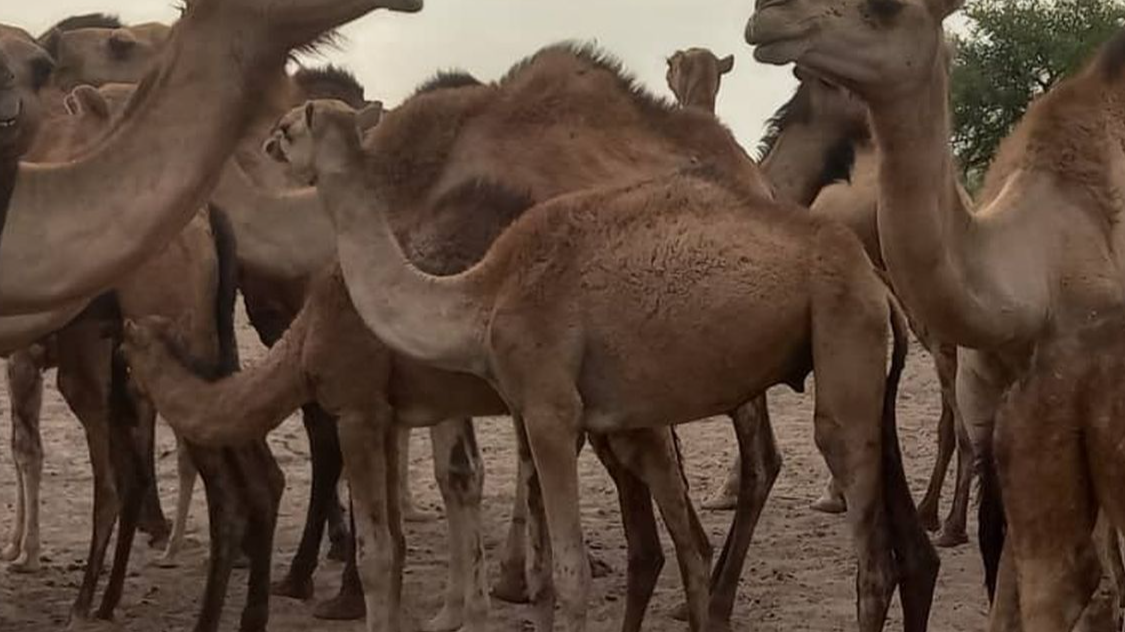Milk as a factor in securing the livelihoods of camel breeders in the peri-urban area of N'Djamena in Chad
DOI:
https://doi.org/10.19182/remvt.37134Keywords
Camelids, camel milk, dairy value chains, farm income, ChadAbstract
The climatic conditions, accentuated by the political instability of the 70s and 80s, have upset the trajectories of pastoral households. The latter left their home area in Batha to settle around N’Djamena. During this migration, they profoundly transformed their livestock production systems. The goal of this study is to show how camel breeding has been a lever for these transformations and has enabled the resilience of these pastoral households. This work consisted of a survey conducted in 2018 among 173 households, randomly selected in the 27 camel pastoralists camps around N’Djamena, i.e. 10 % of the households of these households have specialized in dairy camel breeding, whose mobility is organized around three agro-ecological zones. In the dry season, the herds are split in two. The household keeps the lactating females around N’Djamena for milk sale as a young adult drives the rest of the animals to the south. In the rainy season, the household and the whole herd go north. The sale of camel milk was once considered a social taboo. Today, it represents a strategy for providing security to pastoral households, with four modes of marketing. These are sales to collectors (43 %), sales near the tarmac (35 %), sales in town with collect (12 %) and sales in town without collect (9 %). Milk remains a commodity for self-consumption (3,5 liters per day and per household). It is also a major source of monetary income as more than 45 % of households surveyed generate a gross milk margin (GMM) per worker greater than or equal to the guaranteed interprofessional minimum wage (SMIG) which is around 2,000 FCFA per day.
Downloads

Downloads
-
Abstract733
-
pdf (Français)266
Received
Accepted
Published
How to Cite
License
© M.A.Mahamat Ahmat et al., hosted by CIRAD 2023

This work is licensed under a Creative Commons Attribution 4.0 International License.
Funding data
-
Directorate-General for International Partnerships
Grant numbers ACCEPT project;Development Smart Innovation through Research in Agriculture (DESIRA)





